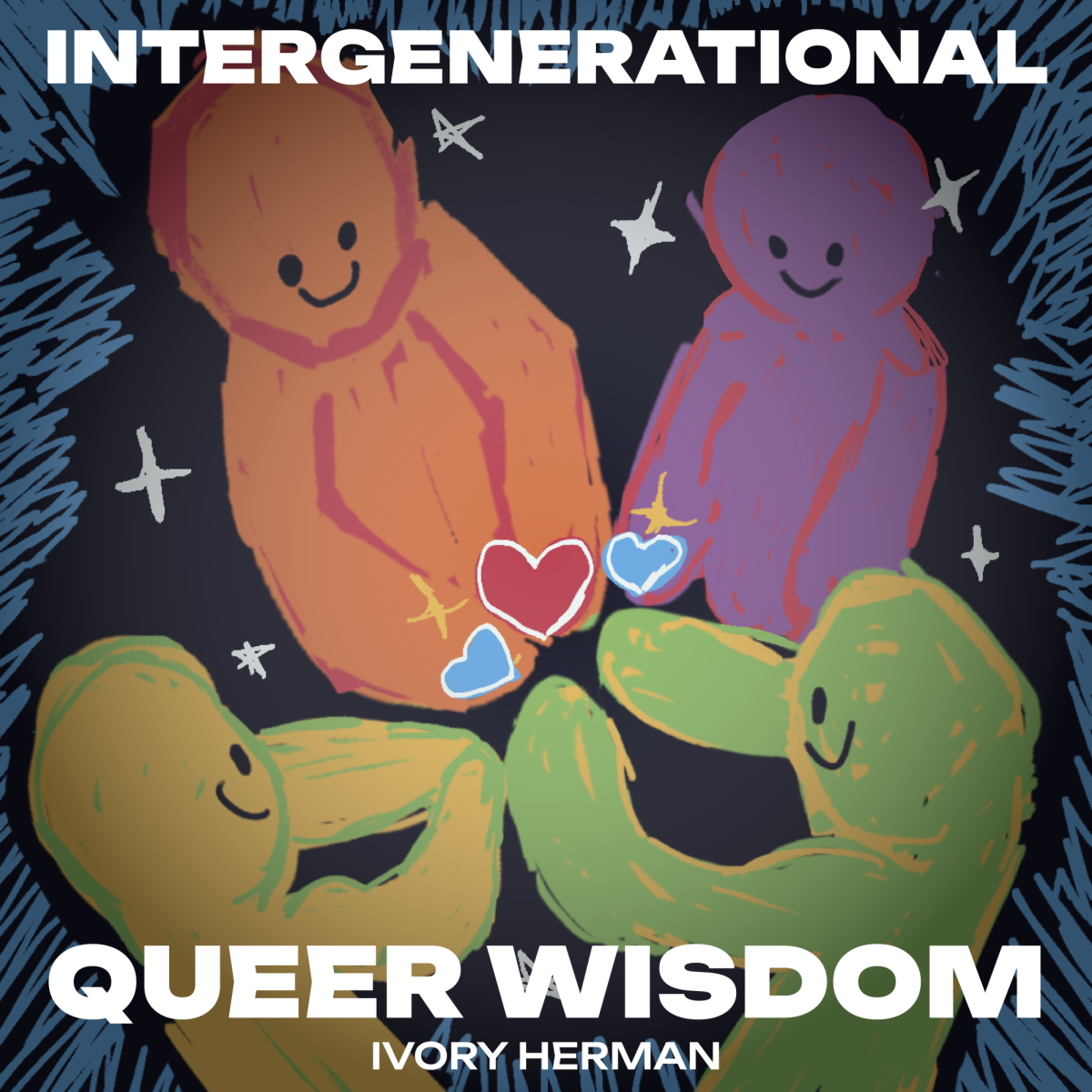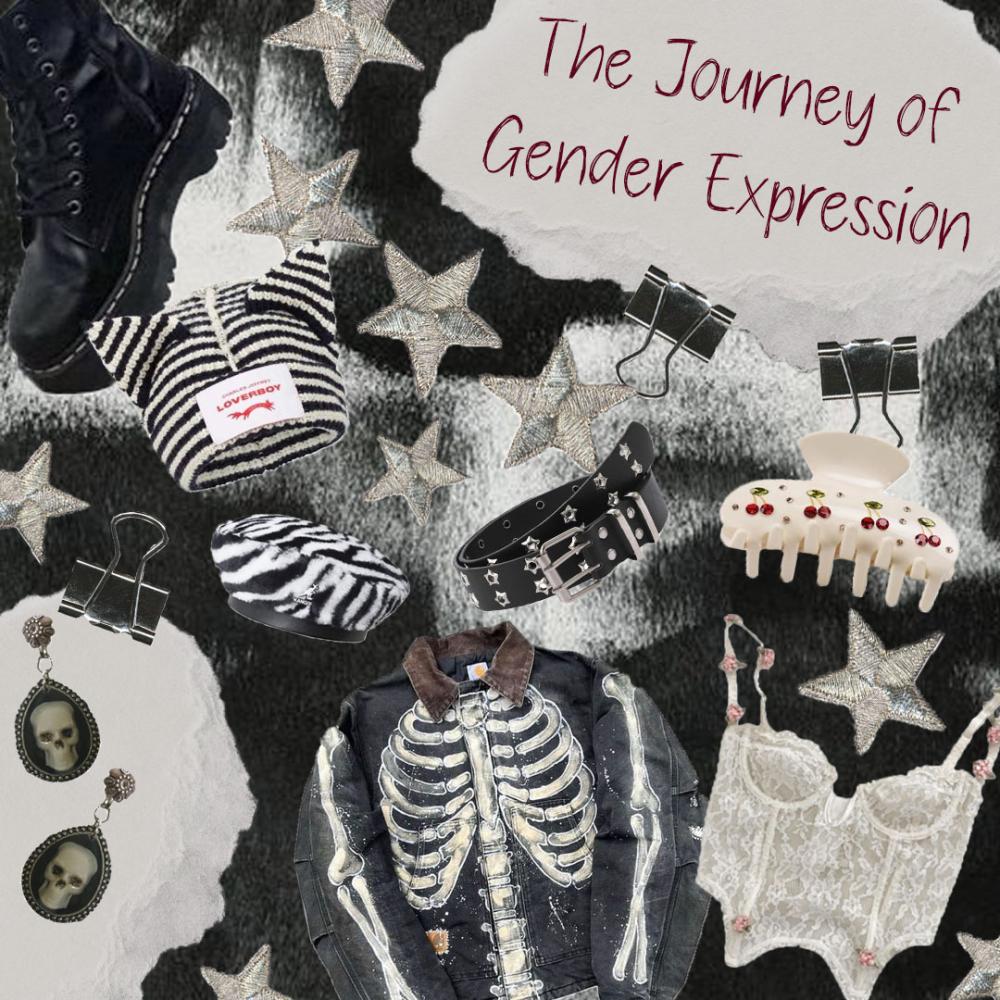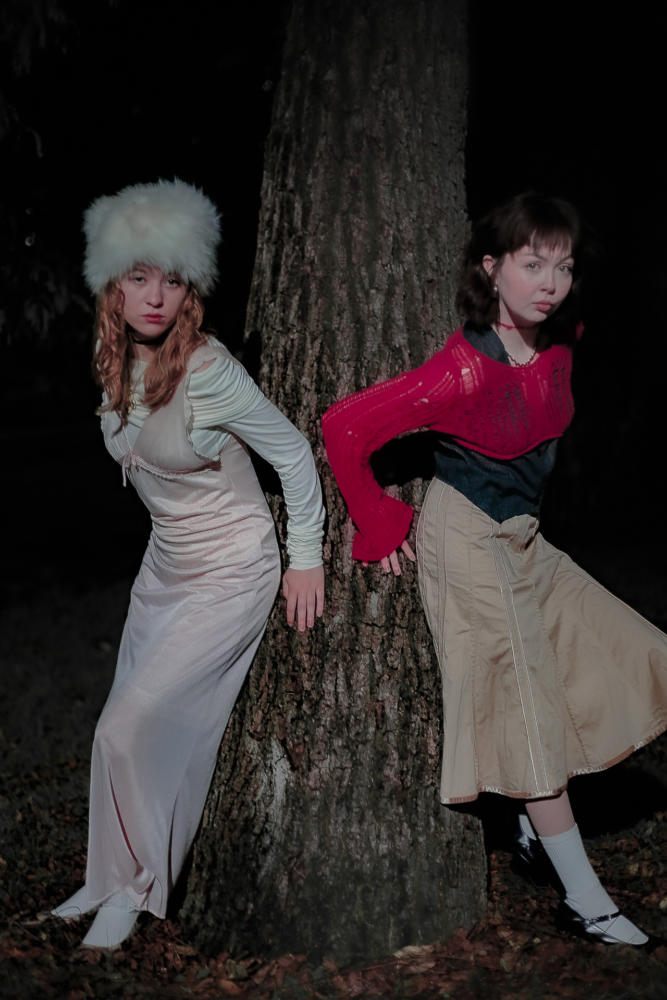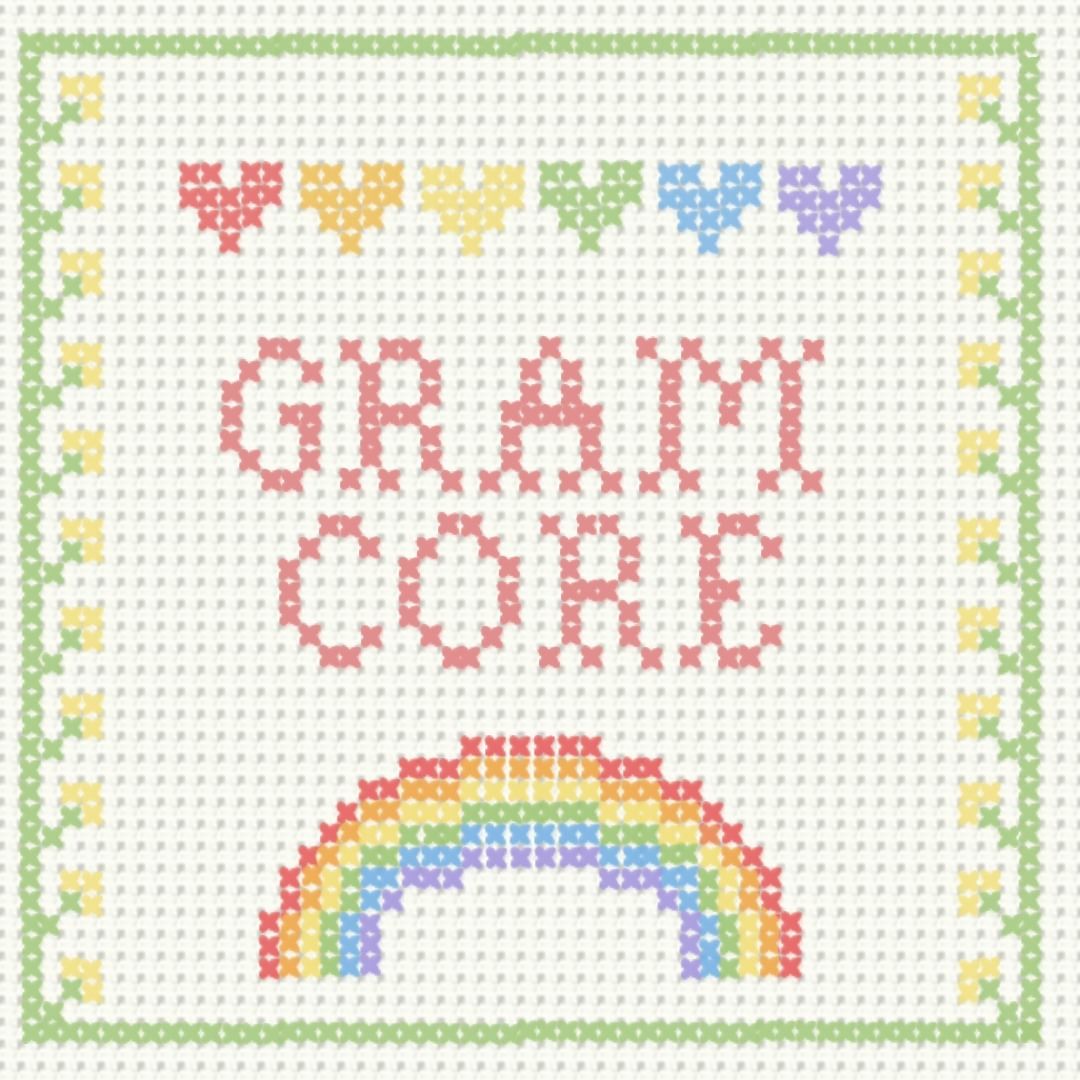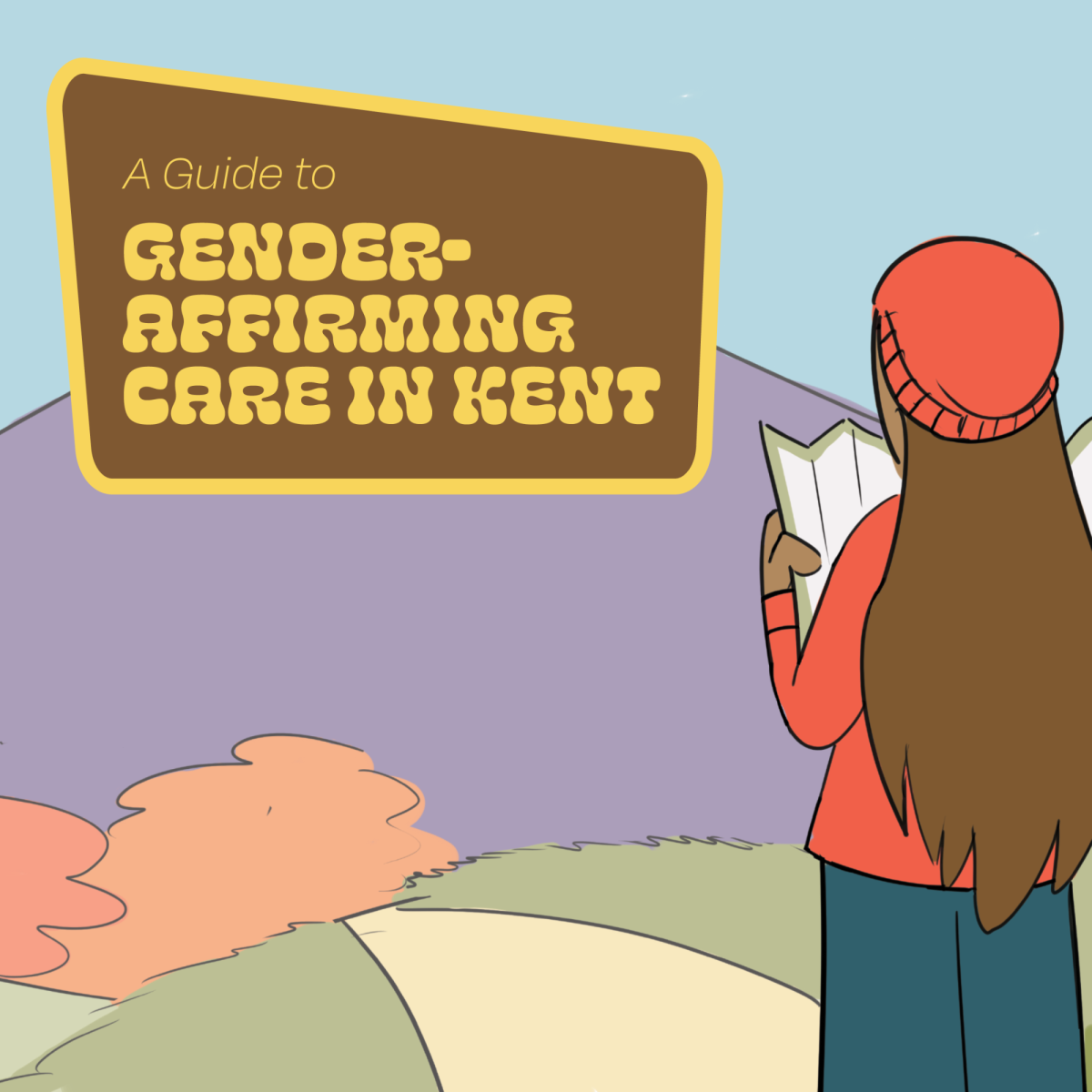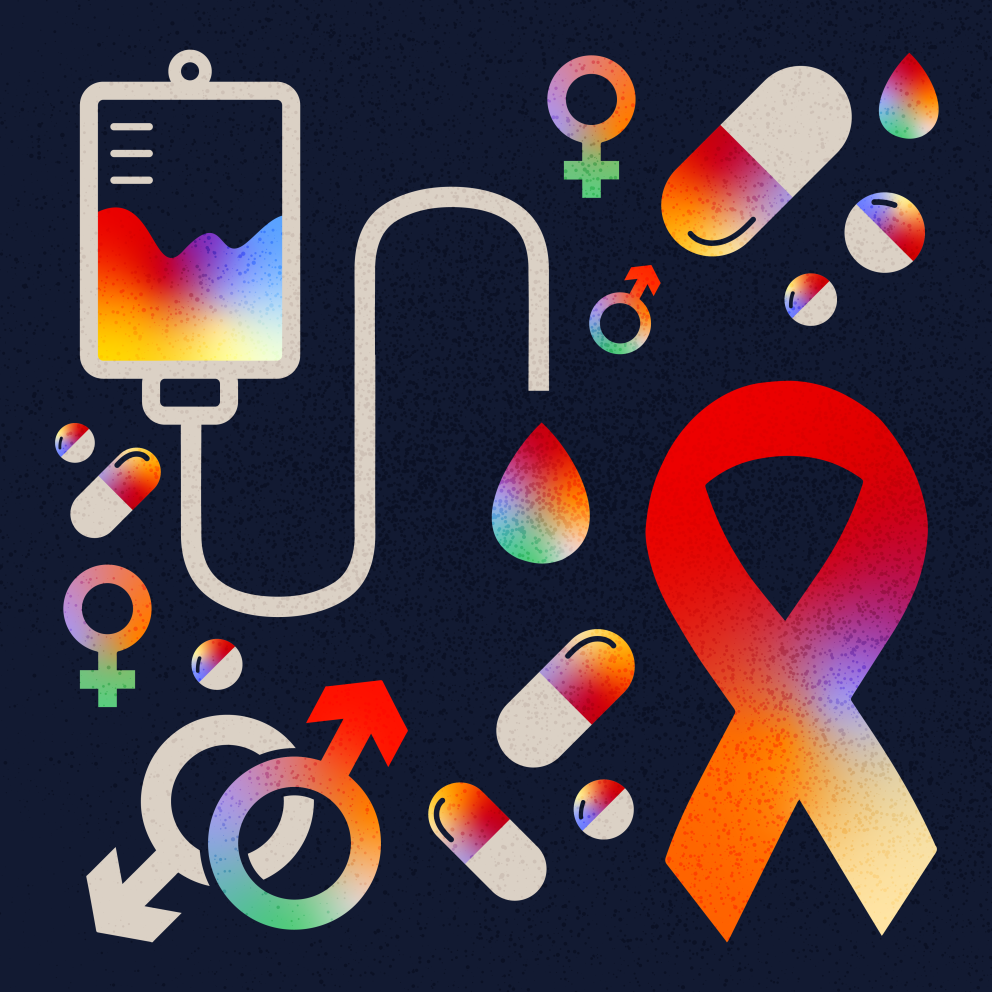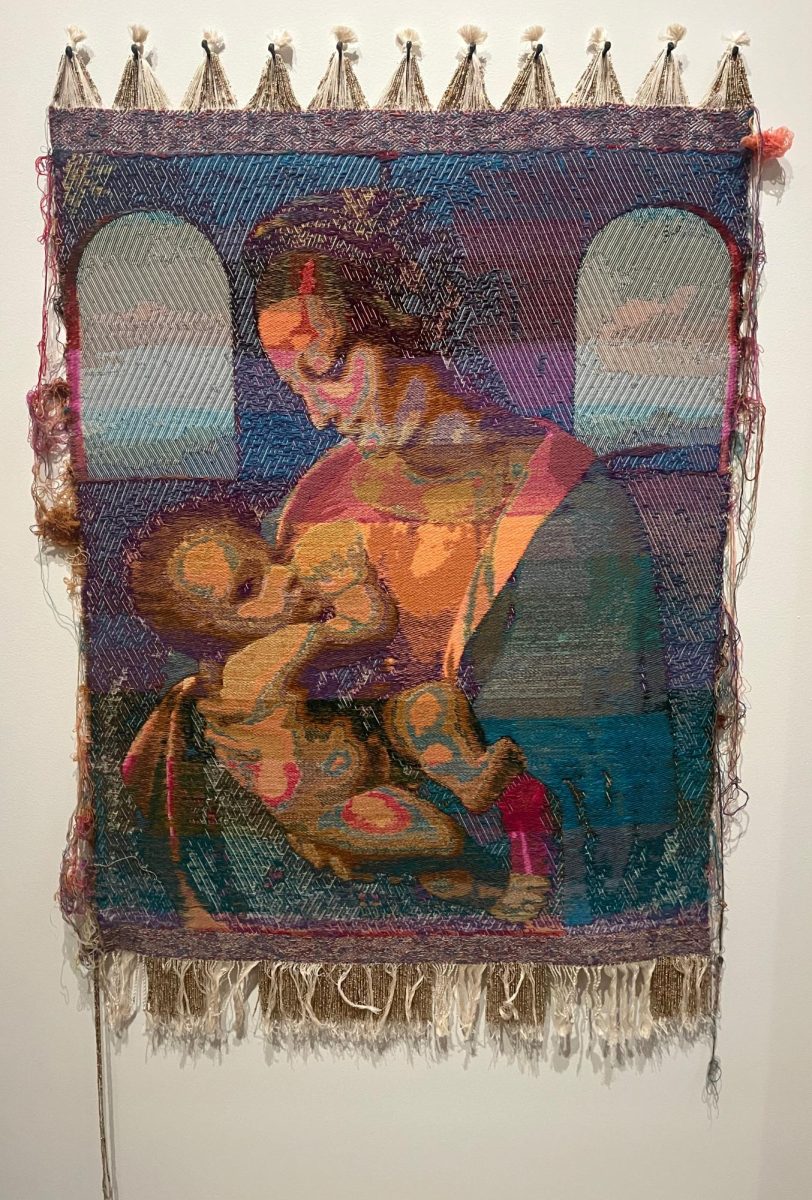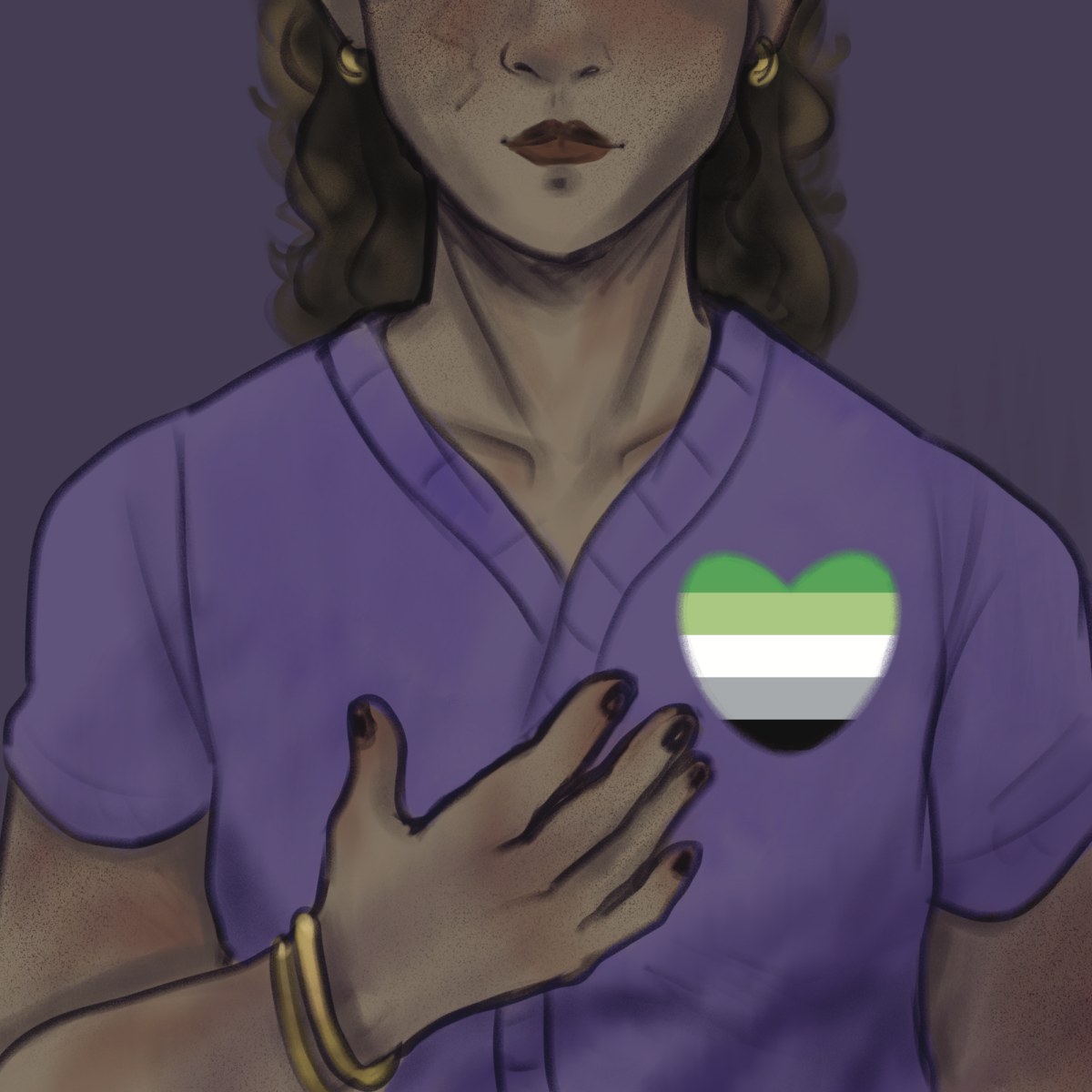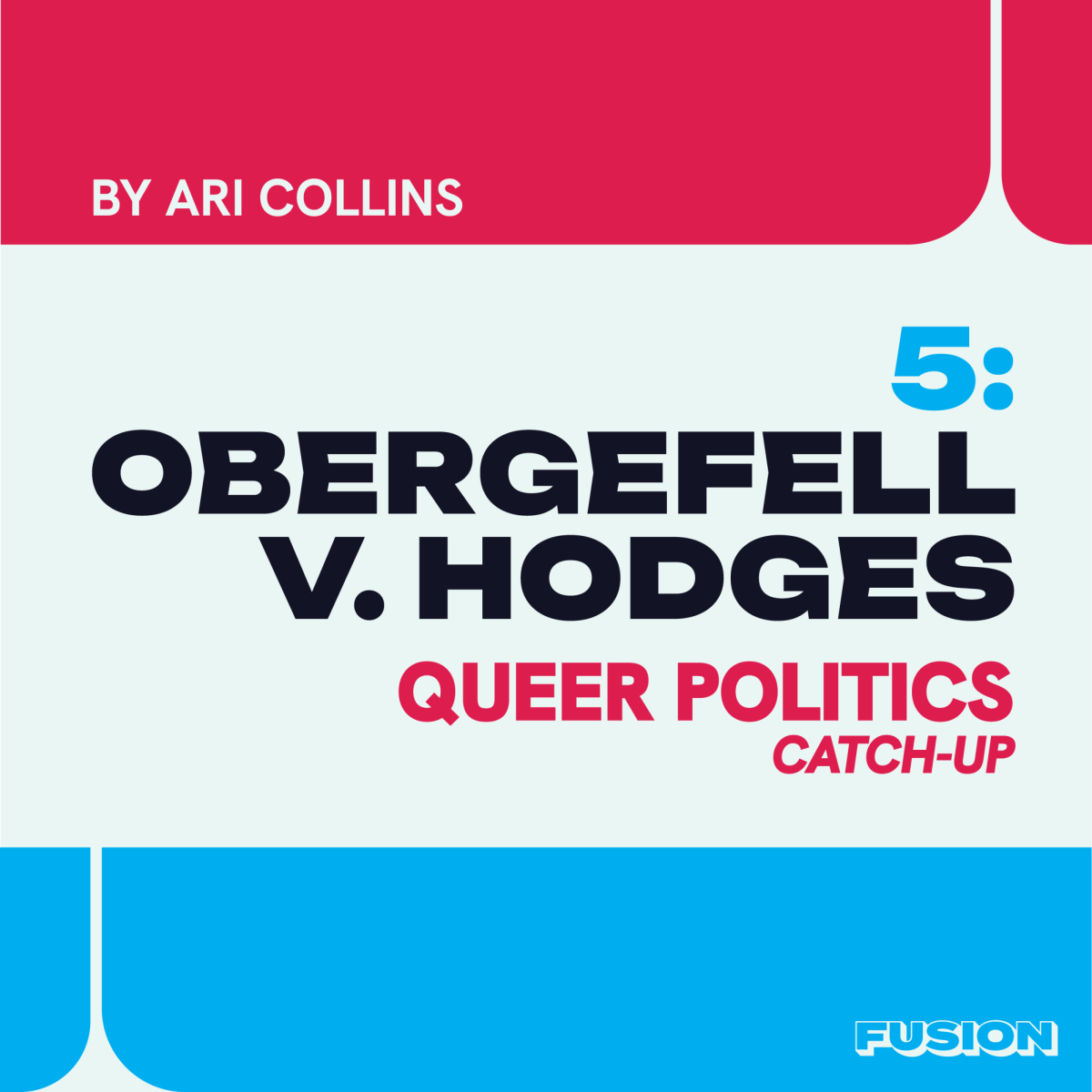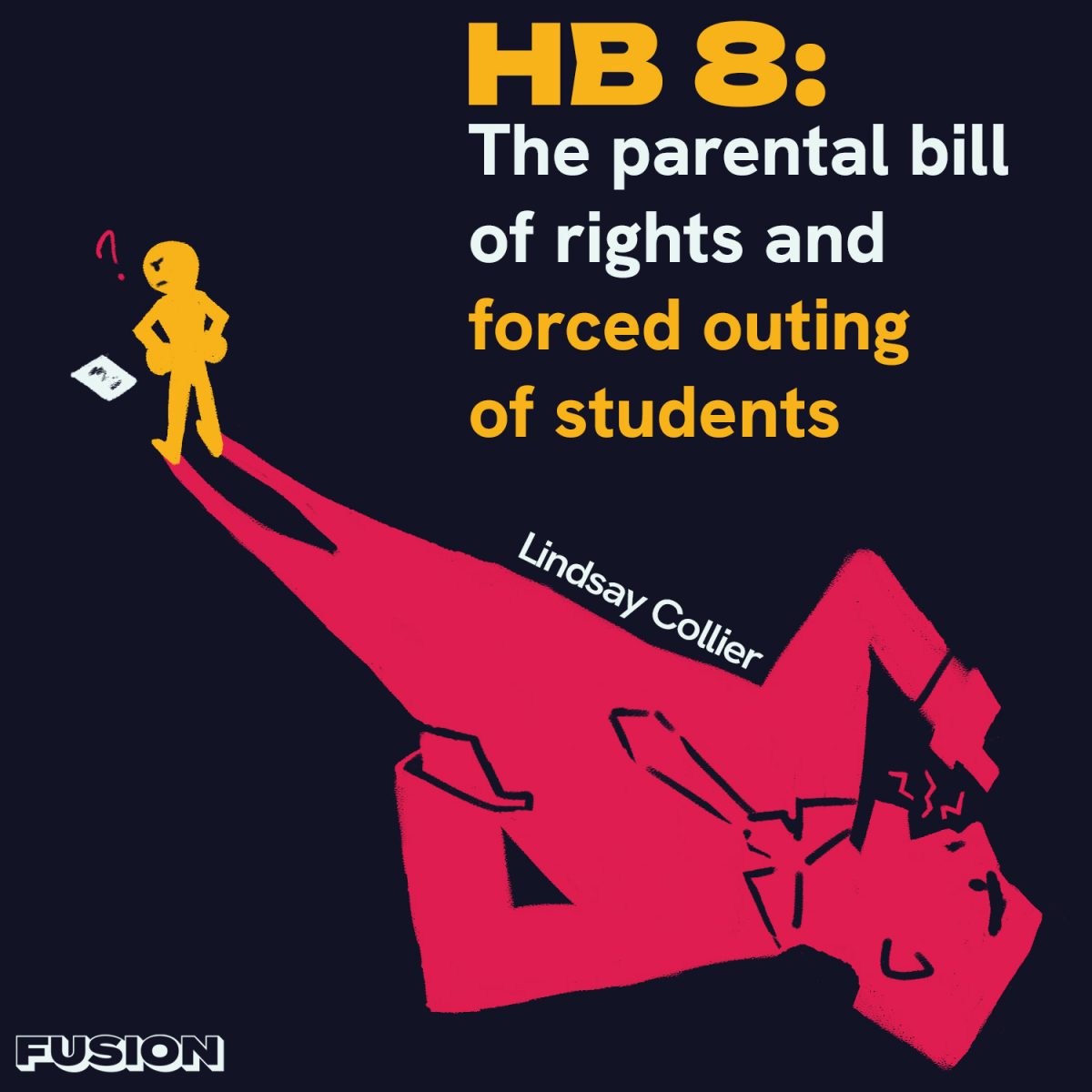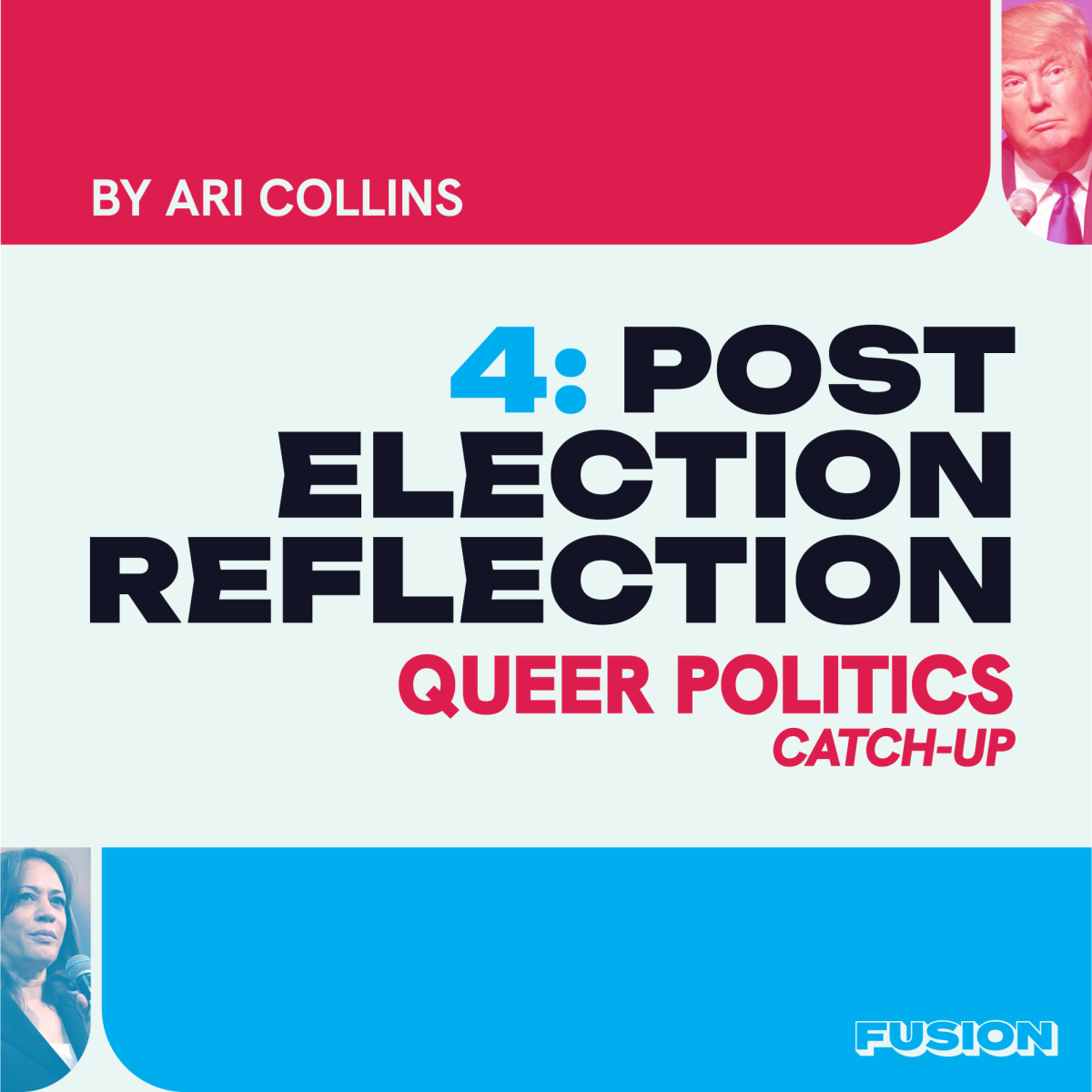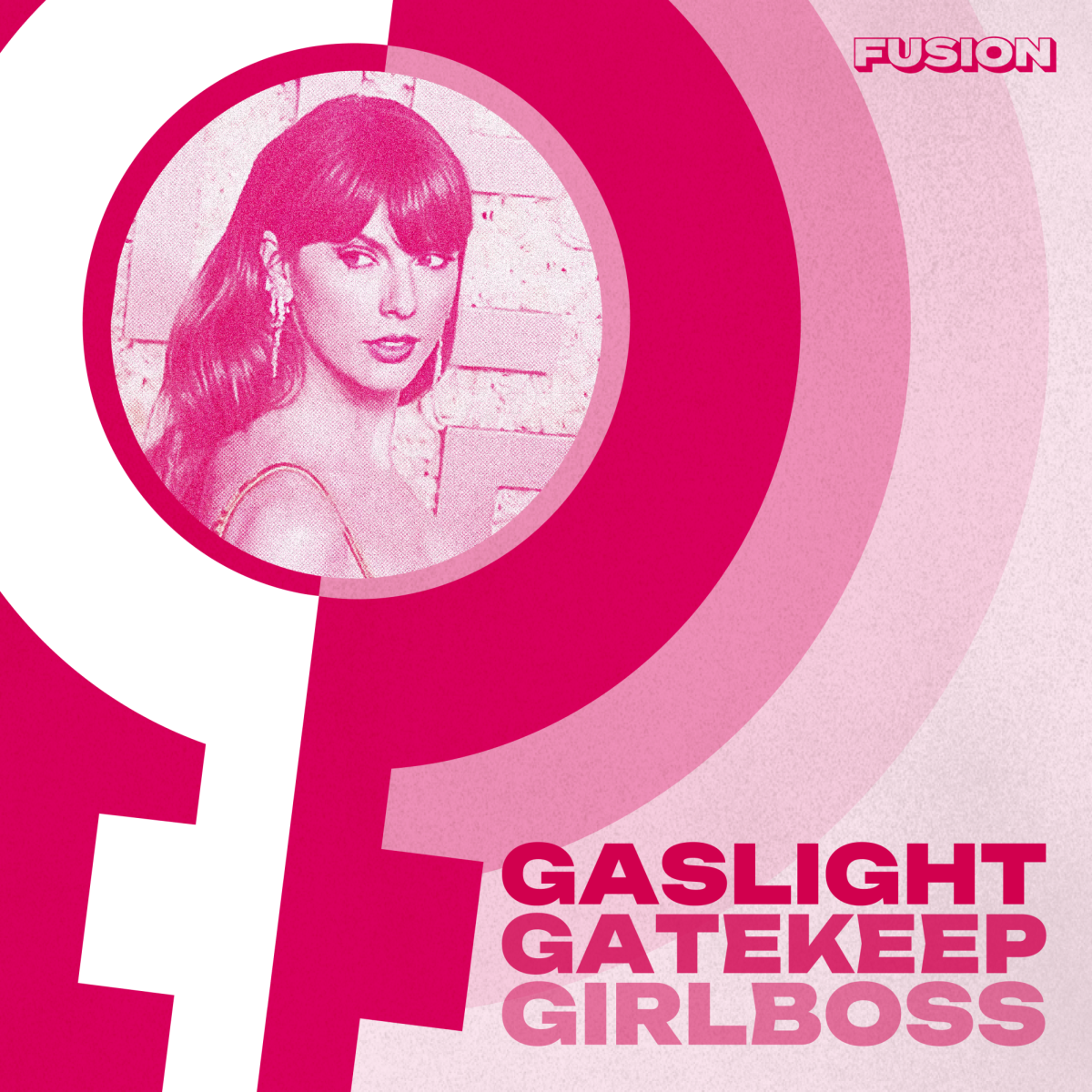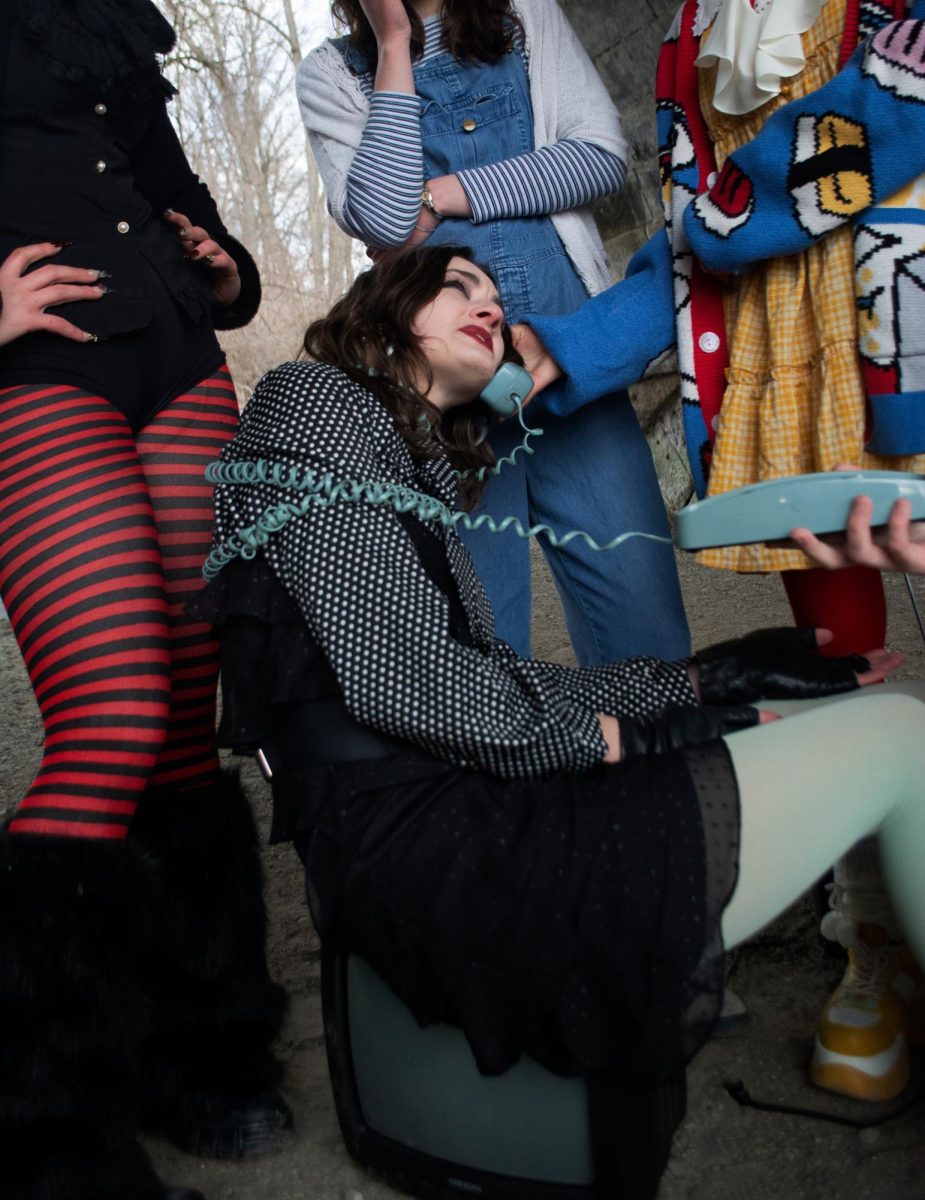Exploring The Intricacies of Gender Expression
Featured in Fusion’s Spring 2022 Issue

How do you present yourself to society? Figuring out how to present your gender and personality to others often becomes a puzzle. According to Swarthmore College’s LGBTQ Terminology, gender expression is “the external display of one’s gender, through a combination of dress, demeanor, social behavior and other factors, generally measured on scales of masculinity and femininity.” One of the most outward ways an individual presents themselves is through the clothes that they wear. You may choose to present yourself through other things, such as makeup, tattoos and hairstyles, but your outfit is ultimately the first thing people notice. Clothing is a presentation of your identity, but gender stereotypes can often get in the way of expressing yourself authentically.
Gendered clothing stereotypes affect everyone in some way. No matter how you identify yourself, society has some definition for what you are supposed to look like. These stereotypes are nothing new; from the day you are born, you are taught to believe that girls wear dresses, makeup and high heels, while boys only wear suits and pants. Even people who do not identify as female or male are expected to look and act a certain way; they are expected to have short hair, look completely androgynous and have a completely neutral voice. Blake Archer, a third-year fashion design and merchandising major at Kent State, who identifies as as a nonbinary, trans-femme individual, explains that, “there is still a lot of pressure in the queer community to present a certain way as a non-binary person, which is a lot of pressure and makes it really hard on days that I’m experiencing significant dysphoria.”
Breaking out of the standard male and female binaries can either invoke praise or judgment. While celebrities such as Harry Styles consistently get praised for breaking out of the male stereotype by presenting more femininely—for example, being featured on the cover of Vogue’s December 2020 issue for wearing a dress—many young people still have issues presenting themselves similarly. Archer says, “I’m very used to getting looked at like I’m not human, and on occasion treated like it.”
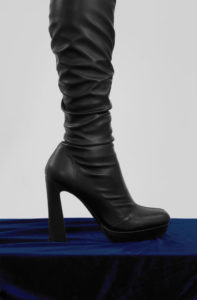
Chloé Proffitt, a first-year fashion design major at Kent State, elaborates on this idea, saying, “People aren’t the biggest fans of working in abstracts, and Western society is pretty infamous for conservative, concrete views on gender. Sometimes people don’t know how to process my appearance and expression, and that can be very stressful. To be misunderstood by your peers is disheartening and a bit frightening.”
It is unfair that celebrities can get praised for presenting themselves outside of conventional norms, while others often get more negative reactions. This is why representation is so important. The more often people are exposed to presentations outside of gender norms, the more it will become acceptable in society.
Many people have strong feelings about whether these gender norms and societal standards have an impact on their clothing choices or not. Archer says, “Gender norms and societal expectations don’t typically affect my style choices. I’m going to live true to my authentic self and wear what I feel comfortable in no matter what others think.”
Others feel more of a pressure to fit into a binary or a label. “I often find myself putting together androgynous outfits and having them come out very masculine. Society has convinced us that masculinity is the default for androgyny, and to truely be androgynous you have to leave behind femininity,” said Proffit. “I believe androgyny is instead achieved when a marrying of masculinity and femininity is seamlessly mixed together creating a heightened awareness of both.”
Gender presentation is completely subjective, yet influenced by the culture and society it resides in. Informing yourself on how each individual expresses themselves can encourage more people to feel confident in their gender expression and challenge their beliefs on what gender presentation is. Education is a fundamental step in the direction towards acceptance of yourself and others. Proffitt describes their gender, saying, “I’m exploring the wide and beautiful ocean of gender expression like a laid-back pirate. I may never dock at a specific shore and that’s okay.”




